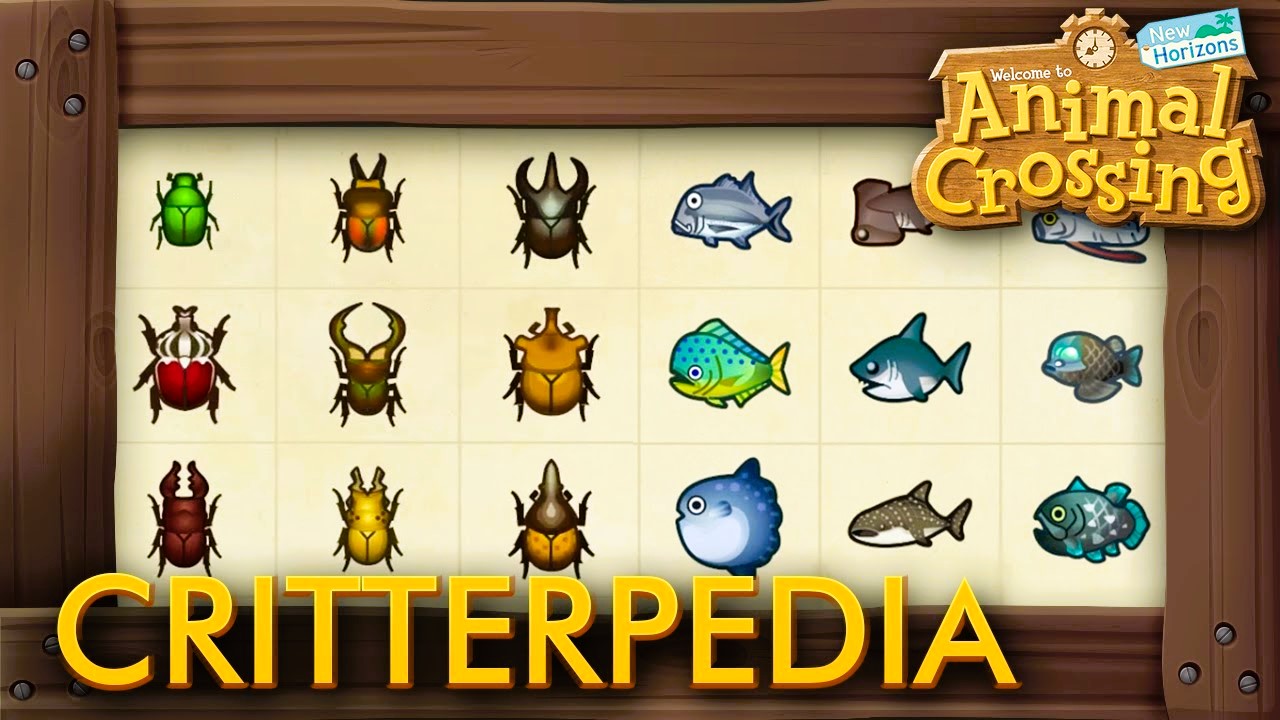
In the world of gaming, creating immersive and captivating worlds is essential in drawing players into the experience. One powerful tool that game developers use to achieve this is environmental storytelling. This technique involves using the game environment itself to tell a story, providing subtle clues and details that players can uncover as they explore the world. By incorporating environmental storytelling into their games, developers can create rich and dynamic worlds that feel alive and engaging.
One of the key benefits of environmental storytelling is that it allows players to experience the game world in a more organic and immersive way. Instead of being spoon-fed information through dialogue or cutscenes, players can piece together the story themselves by exploring the environment and paying attention to the details around them. This not only makes the world feel more realistic and believable, but also encourages players to engage more deeply with the game world.
Environmental storytelling can take many forms, from visual cues like graffiti on walls or abandoned structures, to audio cues like distant screams or ambient sounds. These details help to build a sense of place and history within the game world, making it feel like a living, breathing entity that exists beyond the player’s actions. By immersing players in the world in this way, developers can create a sense of depth and complexity that draws players in and keeps them engaged.
From a gameplay perspective, environmental storytelling can also serve practical purposes, such as guiding players through a level or providing hints about upcoming challenges. For example, a series of bloodstains on the ground might indicate that a dangerous enemy is nearby, or a trail of footprints might lead players to a hidden treasure. By using environmental storytelling in this way, developers can enhance the player experience and encourage exploration and curiosity.
From an SEO perspective, incorporating environmental storytelling into a game can also have benefits. By creating a rich and immersive world that players want to explore and engage with, developers can increase player retention and word-of-mouth referrals, which can lead to higher rankings and increased visibility for their game. Additionally hosting minecraft, by focusing on creating a unique and memorable world through environmental storytelling, developers can differentiate their game from the competition and attract a loyal fanbase.
In conclusion, environmental storytelling is a powerful tool that game developers can use to create immersive and engaging worlds. By using the game environment to tell a story, developers can draw players into the world in a more organic and immersive way, and create a sense of depth and complexity that keeps players engaged. From a practical gameplay perspective, environmental storytelling can also serve useful purposes, such as guiding players through a level or providing hints about upcoming challenges. Overall, incorporating environmental storytelling into a game not only enhances the player experience, but can also have SEO benefits by increasing player retention and attracting a loyal fanbase.

